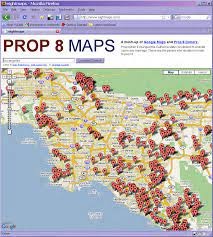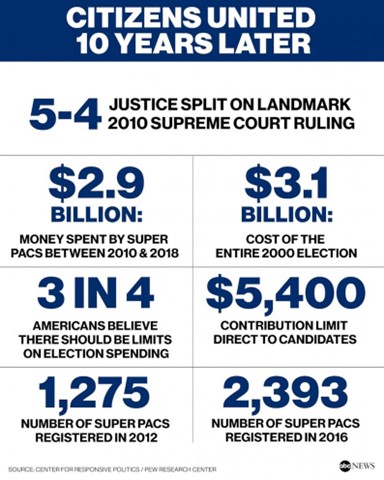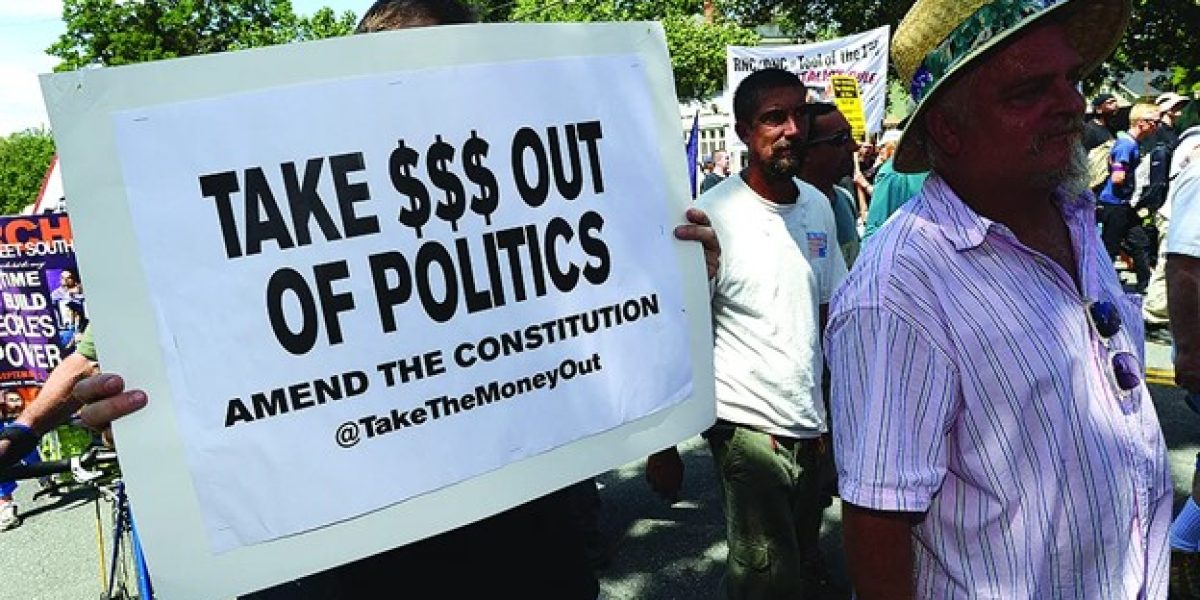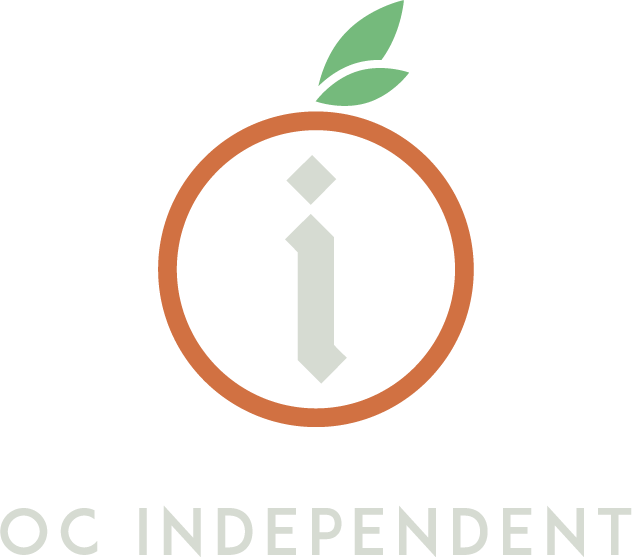Any nerd will tell you that the Internet has been around since the ‘60s as a DARPA project for government researchers and not as a side hustle started by former Vice President Al Gore – despite what you may have heard. However, it was not until the 2000s that campaigns truly entered the digital era – and when we saw how impactful the Internet could be.
For the second decade in a row, culture wars and business regulation were an increasing focus of ballot initiatives – causing more businesses, chambers, business organizations, industry organizations, and pro-business think tanks/ advocacy organizations to emerge to engage in politics in a whole new era.
Early in the 2000s, we saw campaign websites, email lists, list serves, and banner ads dominate the digital space – adding to the cable, mail, collateral material, and traditional campaign messaging efforts. Add to that the increased ability to cross databases and develop incredibly targeted campaigns. Suddenly, campaigns were tapping into all available data on consumers and voters and becoming a highly technical and targeted program. This was truly exciting regarding possibilities and truly terrifying regarding transparency.

The marriage of hot-button cultural issues and the initiative process became an additional chess piece in the 2000s. Prop. 187 had taught conservative and liberal interest groups alike that you could boost voter turnout to the benefit of favored candidates by placing highly-politicized culture issues on the ballot.
2008 brought the culture battle to a head with Proposition 8 – which amended the state constitution to define marriage as being between one man and one woman. Prop. 8’s passage stunned the state’s political establishment, and Prop. 8 opponents expressed their anger by combing campaign contribution reports and targeting individuals who donated to Prop. 8 for harassment – to the point where people lost their jobs..
This, in turn, powerfully incentivized donors and consultants to devise strategies for participating in the election process while protecting themselves from retaliation/.
2010 – The Citizens United Decade
There has been a lot of criticism of the Supreme Court decision “Citizens United vs. The Federal Elections Commission” over the years. Most criticism focuses on either the “corporations are people” notion – or the “money is speech” notion. However, the fallout from “eightmaps.com” and Proposition 8 aftermath is where the importance of the decision lies for private citizens.

While there is widespread agreement with the notion that money should not drive politics, the fact of the matter is that it is what the current law states. And the landmark decision changed the landscape of politics significantly. By the end of the decade, spending by so-called Super PACs ballooned. That is not the whole story, however. This growth in Super PAC spending was not new money in politics. What changed was a shift in how money is spent on campaigns.

As the electorate became more polarized and connected via social media, and campaign donors faced the prospect of career-damaging retaliation, donors shifted from contributions to individuals or specific issue campaigns and instead sent their money to Super PACs designed to advocate apart from the main campaign/ candidate and pool together funding through a corporate entity that shielded the public scrutiny of its donors.
In some ways, the campaign finance reforms of McCain-Feingold enabled more personalized options for donors – not just to the national parties, but also using an expanded universe of industry association PACs to protect their interests in a manner that does expose their personal lives to public harassment. This also meant many new groups soliciting contributions and purchasing campaign materials/airtime. That increased competition also brought with it increased costs.
Additionally, the ubiquity of cell phones, the growth of social media, the availability of video and visual media, and interactive campaign engagement made waging political campaigns more expensive and complex. Campaigns became more self-reliant by developing their own contributor lists and decoupling fundraising from the parties. On the other hand, the lack of transparency from social media (from who was delivering the messaging to who was receiving the messaging) made the challenges much worse over time.
Interestingly, the number of ballot initiatives this decade fell dramatically.
- In the 1970s there were 133 ballot initiatives in California
- In the 1980s there were 140
- In the 1990s there were 136
- In the 2000s there were 114
Perhaps it was voter fatigue, perhaps it was adjusting to the new norm post Citizens United, perhaps it was a reshuffling of political alignments. But from 2010-2019 there were only 72 ballot initiatives. A tradition that is continuing into the 2020s


